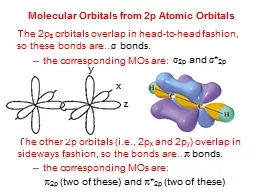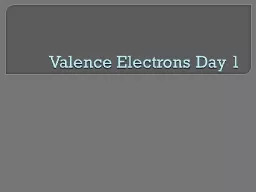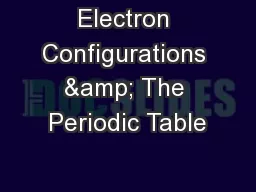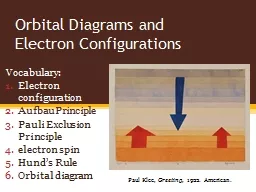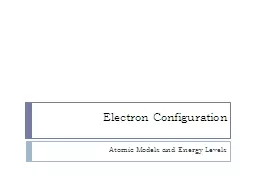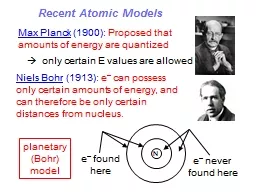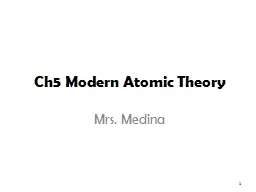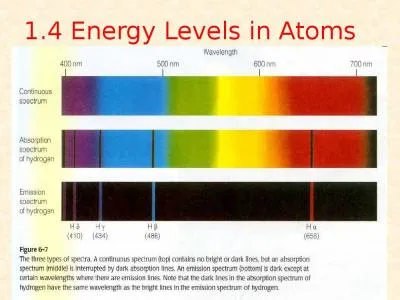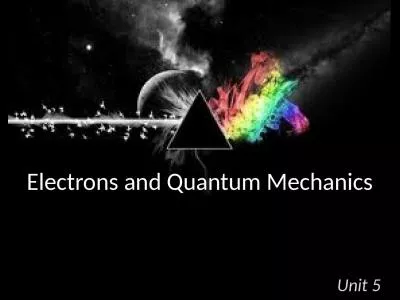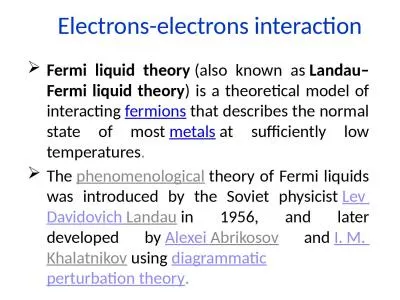PPT-Electron Configuration Electron configurations tells us in which orbitals the electrons
Author : hadly | Published Date : 2023-11-12
Three rules electrons fill orbitals starting with lowest n and moving upwards The order is 1s 2s 2p 3s 3p 4s 3d 4p 5s 4d etc Orbital Diagram The electron configuration
Presentation Embed Code
Download Presentation
Download Presentation The PPT/PDF document "Electron Configuration Electron configur..." is the property of its rightful owner. Permission is granted to download and print the materials on this website for personal, non-commercial use only, and to display it on your personal computer provided you do not modify the materials and that you retain all copyright notices contained in the materials. By downloading content from our website, you accept the terms of this agreement.
Electron Configuration Electron configurations tells us in which orbitals the electrons: Transcript
Download Rules Of Document
"Electron Configuration Electron configurations tells us in which orbitals the electrons"The content belongs to its owner. You may download and print it for personal use, without modification, and keep all copyright notices. By downloading, you agree to these terms.
Related Documents



